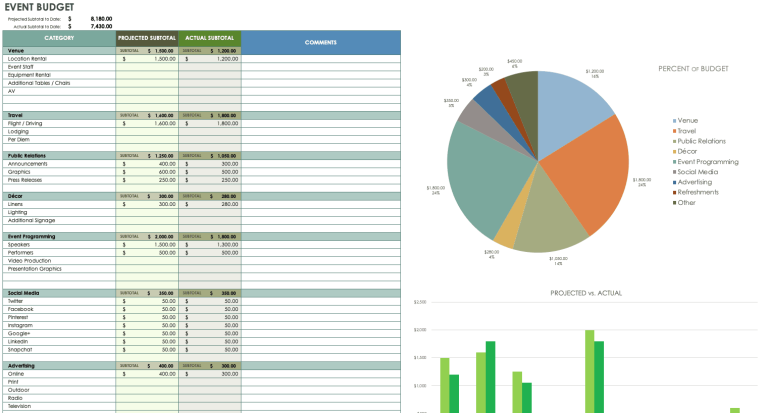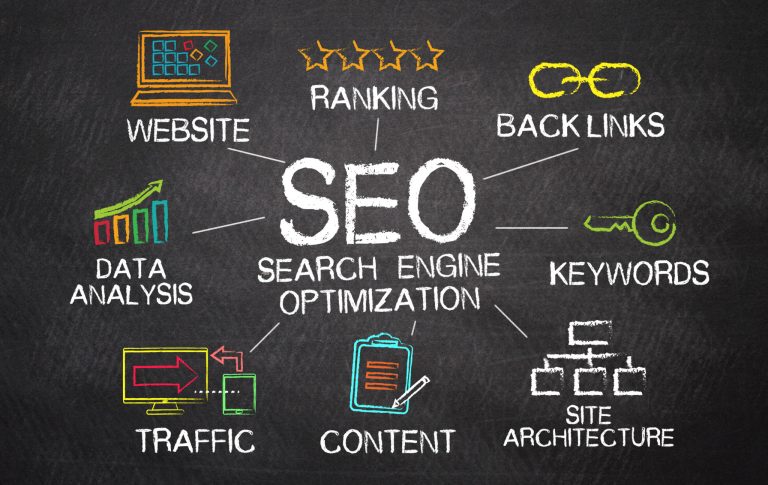
In the ever-evolving landscape of digital marketing, staying ahead means understanding not just what’s happening on your website, but how users are finding it. With Google Analytics 4 (GA4) and Google Search Console (GSC) now being two of the most critical tools in an SEO’s arsenal, the ability to merge these datasets has become a game-changer. This article will walk you through the process of integrating GA4 with GSC, showing how this powerful combination can unlock deeper insights into user behavior, search performance, and overall site health.
What Is Data Integration (GA4 + GSC) and Why It Matters
Data integration refers to the process of combining data from different sources—here, GA4 and GSC—into a unified dataset. While GA4 provides detailed user engagement metrics, such as session duration, page views, and conversion tracking, GSC offers crucial information about how your site appears in search results, including impressions, clicks, and average positions. By merging these two data sets, you gain a holistic view of how your content is performing both in terms of user interaction and search visibility.
This integration is especially important in 2025, where AI-driven algorithms increasingly prioritize user intent and relevance. Understanding how users find your site via search and how they interact once they arrive is no longer optional—it’s essential for optimizing your SEO strategy and improving your site’s overall performance.
How Data Integration (GA4 + GSC) Impacts SEO Performance
The integration of GA4 and GSC allows you to:
- Identify high-performing keywords: By analyzing GSC data alongside GA4’s user behavior, you can determine which search terms lead to the most engaged users.
- Optimize landing pages: If a particular keyword is driving traffic but users aren’t converting, you can use GA4 to see where they’re dropping off and make necessary adjustments.
- Track mobile vs. desktop performance: With GA4’s device-specific metrics, you can compare how your site performs across different devices and adjust your optimization efforts accordingly.
- Detect technical issues: GSC can flag crawl errors or indexing problems, while GA4 helps you understand how those issues affect user experience and engagement.
For example, if a page receives a lot of impressions in GSC but very few clicks, GA4 might show that users are bouncing immediately after landing. This could indicate a mismatch between the page content and the search intent, prompting you to refine your title tags or meta descriptions.
Step-by-Step Implementation Framework
1. Define or Audit the Current Situation
Before integrating GA4 and GSC, take stock of your current setup. Ensure that both tools are properly configured and that you have access to all necessary accounts. Check that your website is verified in GSC and that GA4 is set up to track the right events and conversions.
Action Steps:
– Verify your domain in GSC.
– Ensure GA4 is installed and tracking correctly.
– Review existing reports in both tools to identify gaps or inconsistencies.
2. Apply Tools, Methods, or Tactics
There are several ways to integrate GA4 and GSC, depending on your needs and technical capabilities. One of the most effective methods is using third-party tools like DeepCrawl, which offer advanced integrations that automatically combine GSC data with crawl data from GA4.
Tools & Techniques:
– Use DeepCrawl’s Advanced GSC Integration to pull search performance data directly into your crawl reports.
– Set up filters in GSC to focus on non-branded queries, specific date ranges, or certain regions.
– Leverage GA4’s event tracking to map user interactions with content that ranks well in GSC.
3. Measure, Analyze, and Optimize
Once the integration is in place, start analyzing the combined data to uncover actionable insights. Look for patterns in user behavior, such as which search terms drive the most traffic and which pages have the highest bounce rates.
Key Metrics to Track:
– Click-through rate (CTR) by query
– Average position for targeted keywords
– Bounce rate and session duration for high-traffic pages
– Conversion rates for pages receiving organic search traffic
Use these insights to refine your content strategy, improve on-page SEO, and optimize user experience.
Real or Hypothetical Case Study
Let’s consider a hypothetical case study involving a mid-sized e-commerce company, “TechMach,” which sells smart home devices. TechMach noticed a significant drop in traffic from organic search, despite maintaining a strong presence in GSC. After integrating GA4 with GSC, they discovered that many of their high-ranking pages had poor engagement metrics.
Using the combined data, they identified that users were clicking on their product pages but leaving quickly. By analyzing GA4’s event tracking, they found that users weren’t interacting with key features like reviews or pricing. They then updated the product pages to highlight these elements, resulting in a 30% increase in conversion rates and a 20% improvement in search rankings.
Tools and Techniques for Data Integration (GA4 + GSC)
Here are some of the best tools and techniques for integrating GA4 and GSC:
- DeepCrawl – Offers advanced GSC integration with real-time data comparison and filtering options.
- Google Analytics 4 (GA4) – Provides detailed user behavior insights and event tracking.
- Google Search Console (GSC) – Essential for monitoring search performance and identifying technical issues.
- SEMrush – Allows you to track keyword rankings and analyze competitor data.
- Ahrefs – Offers comprehensive backlink analysis and keyword research tools.
- Screaming Frog – Helps identify crawlability issues and extract metadata for SEO audits.
Each of these tools plays a unique role in the data integration process, helping you gather, analyze, and act on insights from both GA4 and GSC.
Future Trends and AI Implications
As AI continues to shape the future of SEO, the integration of GA4 and GSC will become even more critical. With the rise of AI-powered search engines like Google’s SGE (Search Generative Experience), understanding user intent and providing relevant, high-quality content is more important than ever.
Future trends suggest that AI will play a larger role in analyzing search data and user behavior, making real-time insights and automated optimizations more accessible. For example, AI could help identify patterns in user engagement that humans might miss, allowing for more precise content targeting and improved search rankings.
To stay ahead, SEO professionals should invest in tools that support AI-driven analytics and continue refining their strategies based on integrated data from GA4 and GSC.
Key Takeaways
- Integrate GA4 and GSC to gain a complete picture of your website’s performance.
- Analyze user behavior alongside search data to identify opportunities for improvement.
- Use tools like DeepCrawl to streamline the integration process and gain deeper insights.
- Monitor key metrics such as CTR, bounce rate, and conversion rates to guide your optimization efforts.
- Stay ahead of AI trends by leveraging integrated data for smarter, more informed SEO strategies.
By merging GA4 and GSC, you’re not just tracking data—you’re unlocking the full potential of your website’s performance. Start today and watch your SEO efforts reach new heights.
Meta Title: Data Integration (GA4 + GSC) — Merges Analytics and Search Insights
Meta Description: Learn how to integrate GA4 and GSC for unified analytics and search insights to boost your SEO strategy in 2025.
SEO Tags (5): GA4, GSC, Data Integration, SEO Strategy, Search Analytics
Internal Link Suggestions: Parameter #141: Data Integration (GA4 + GSC), Parameter #96: AI Content Disclosure, Parameter #118: High Contrast Design
External Source Suggestions: https://support.google.com/analytics, https://search.google.com/search-console, https://www.deepcrawl.com/







